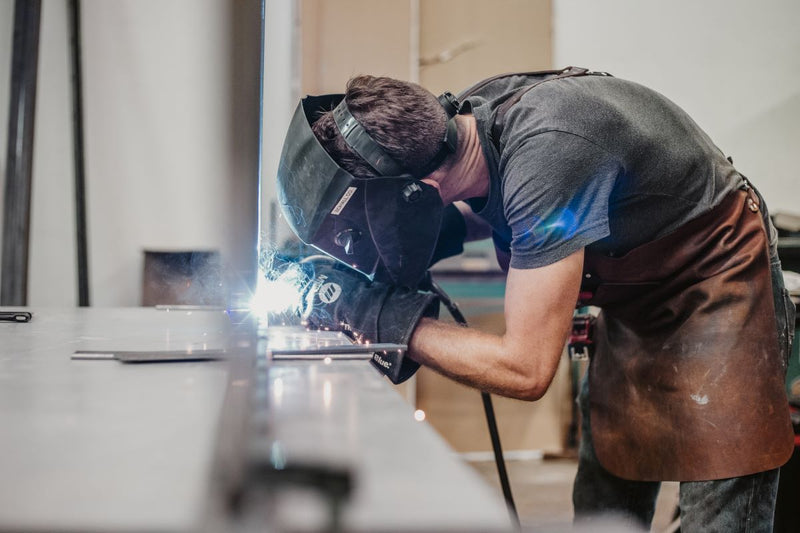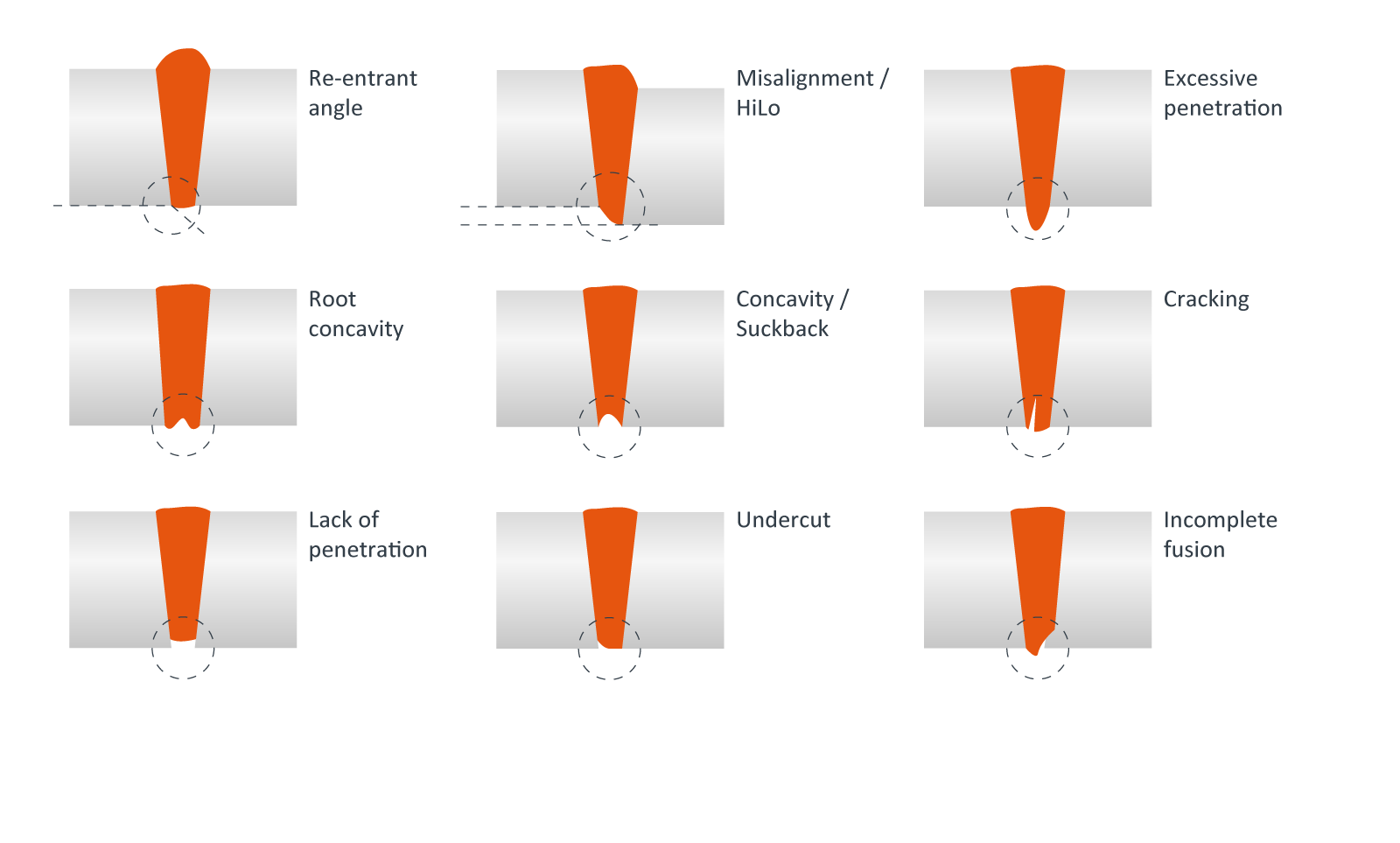Preventing Weld Undercut Demystified: Techniques for Success
Preventing Weld Undercut Demystified: Techniques for Success
Blog Article
Mastering the Art of Welding: How to Avoid Undercut Welding Issues for Flawless Manufacture Outcomes
By comprehending the root triggers of undercut welding and executing effective methods to avoid it, welders can elevate their craft to new degrees of quality. In the quest of remarkable fabrication results, mastering the art of welding to stay clear of undercut concerns is not just a skill yet a requirement for those making every effort for excellence in their work.
Understanding Undercut Welding

To stop undercut welding, welders ought to guarantee correct welding criteria, such as readjusting the current, voltage, traveling speed, and preserving the proper electrode angle. Furthermore, utilizing the proper welding method for the specific joint configuration is vital. Using weaving movements or backstepping methods can aid guarantee appropriate weld metal deposition and lower the possibility of undercut formation. Normal evaluation of welds during and after the welding process is likewise critical to capture any type of undercut very early and make needed modifications to prevent further problems. Preventing weld undercut. By understanding the reasons for undercut welding and implementing preventative procedures, welders can accomplish top quality, structurally sound welds.
Reasons For Undercut in Welding
Recognizing the factors that add to damage in welding is essential for welders to produce high-quality, structurally audio welds. When the weld metal does not appropriately load the groove created in between the base steel and the previously deposited weld metal, undercutting happens. Several factors can lead to undercut in welding. One typical cause is extreme warm input. Welding at heats for prolonged periods can cause the base metal melting greater than desired, causing damage. Insufficient welding existing or incorrect welding speed can additionally add to damage. Not enough current may not provide enough warm to thaw the base and filler metals properly, while extreme rate can prevent correct blend, causing undercut. In addition, improper electrode angles or incorrect torch adjustment techniques can produce areas of low weld metal my review here deposition, advertising undercut. Recognizing these reasons and implementing appropriate welding strategies can assist avoid damaging issues, making sure solid and sturdy welds.
Methods to avoid Undercutting

To minimize the risk of undercutting in welding, welders can employ calculated welding methods intended at improving the quality and stability of the weld joints. Furthermore, utilizing check the proper welding technique for the certain joint configuration, such as weave or stringer beads, can contribute to minimizing undercutting.
Using back-step welding strategies and regulating the weld bead account can likewise assist disperse warm uniformly and reduce the threat of undercut. Routine evaluation of the weld joint during and after welding, as well as executing quality assurance measures, can assist in identifying and dealing with damaging problems immediately.
Relevance of Proper Welding Parameters
Choosing and preserving ideal welding criteria is vital for accomplishing effective welds with very little defects. Welding specifications refer to variables such as voltage, current, travel rate, electrode angle, and shielding gas flow price that straight influence the welding procedure. These criteria need to be very carefully adjusted based on the sort of product being bonded, its thickness, and the welding method utilized.
Correct welding specifications make sure the correct amount of warm is used to melt the base steels and filler material consistently. If the criteria are set expensive, it can cause excessive heat input, causing distortion, spatter, or burn-through. On the other hand, if the criteria are too reduced, insufficient fusion, lack of discover this penetration, or damaging might occur.
Quality Control in Welding Workflow

Verdict
In final thought, grasping the art of welding needs an extensive understanding of undercut welding, its reasons, and strategies to avoid it. By ensuring correct welding criteria and applying quality control methods, remarkable fabrication results can be attained. It is vital for welders to continually pursue quality in their welding procedures to stay clear of undercut concerns and create premium welds.
Undercut welding, a typical issue in welding processes, occurs when the weld steel doesn't effectively fill the groove and leaves a groove or anxiety along the bonded joint.To avoid undercut welding, welders ought to make sure correct welding criteria, such as readjusting the existing, voltage, travel speed, and maintaining the appropriate electrode angle. Insufficient welding present or incorrect welding rate can additionally add to damage.To mitigate the risk of damaging in welding, welders can utilize calculated welding strategies intended at enhancing the high quality and integrity of the weld joints.In conclusion, mastering the art of welding needs a thorough understanding of undercut welding, its causes, and techniques to prevent it.
Report this page